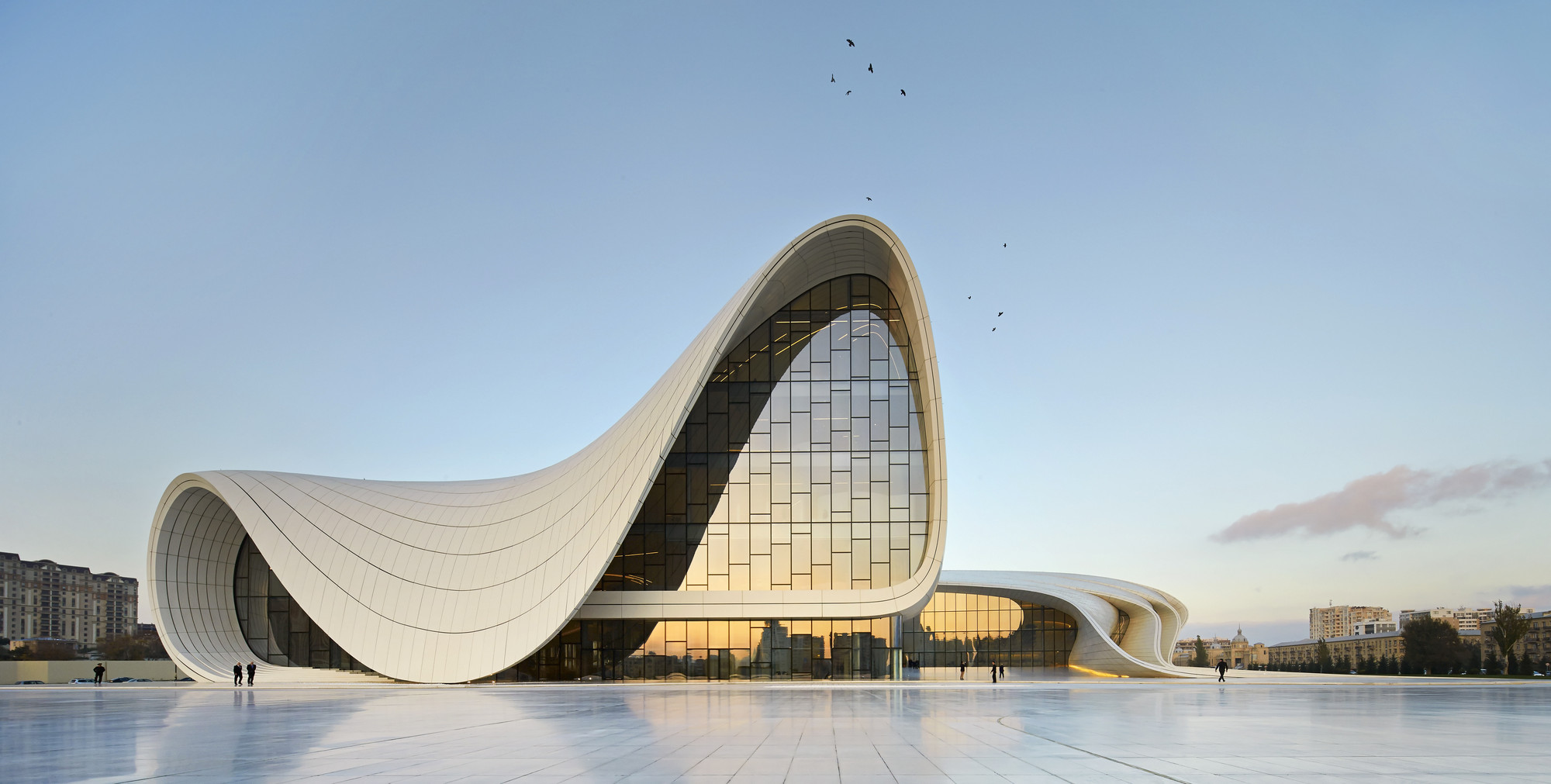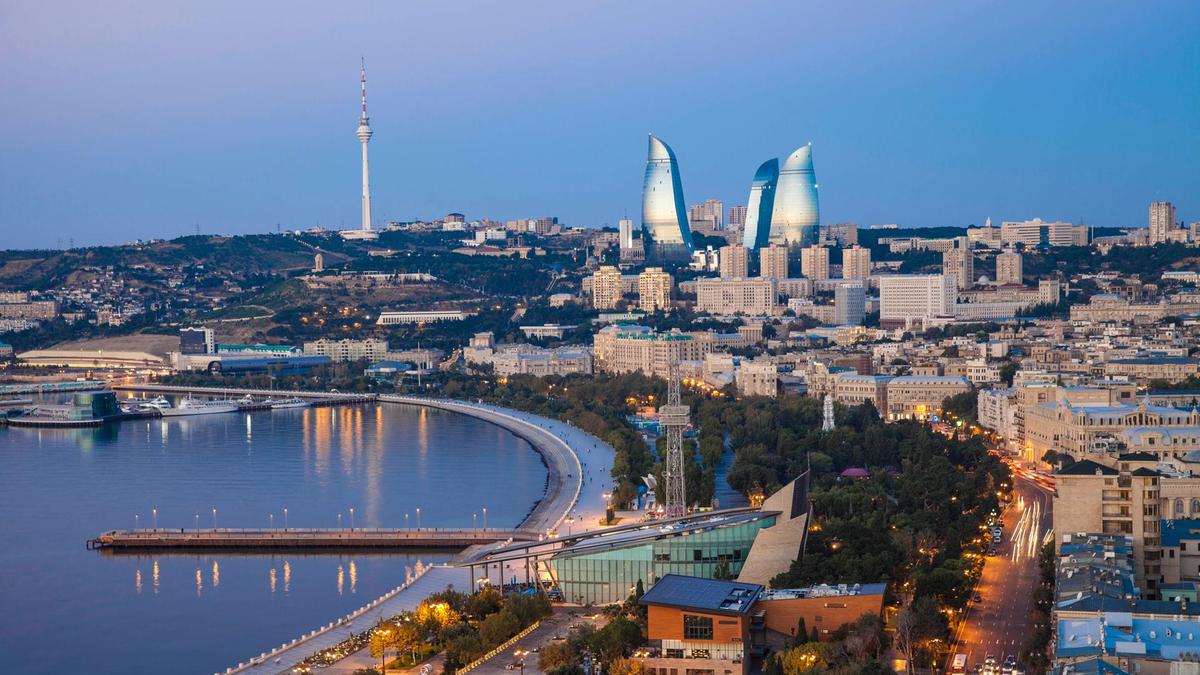Baku bits, what to see in Baku
The vertigo starts, as upon arrival in the airport there are few direct clues as to which country you might be in. You will see people from every part of this hemisphere, and furthermore the Azerbaijanis won’t stand out as such. The facility itself looks like an average of five or six other airports, like how some TV shows film in Canada to get that generically American look.
Matters seem to go downhill as one rides into town — “Dubai, yet without the charm” is how I described it to Yana in an early, premature email. Yet this petro-city grows on you quickly, and I don’t just mean the cherry jam. Closer to town center there are interesting buildings in every direction, and of three sorts: the medieval Old City with walls, a blossoming of late 19th century European architecture (and they are still doing contemporary copies of it), and the Brasilia-Dubai like modern buildings.
In 1905 about half of the world’s oil was produced in or near Baku. In 1942, it was Stalingrad that stopped Hitler from taking the place over and perhaps changing the course of history. Not long ago, oil and gas were estimated to account for sixty percent of the gdp of Azerbaijan.
And you can see that money being spent, to the benefit of the tourist I might add. Baku has perhaps the most attractive and walkable seaside promenade. The walker has views of the Caspian, of spectacular buildings, of the port, and there are multiple paths with beautiful gardens and cactuses and baobab trees, benches everywhere, Eurasians in abundance, and in August the weather is perfect for a long stroll every night.
Baku is reputed to be the world’s lowest capital city, standing about 28 meters below sea level.
It is the first Shiite country I have visited, and it seems less conservative than say the Turkey of ten years ago, for instance in terms of dress and demeanor. A small percentage of women wear burkhas, most of all by the seaside walk, but the look of their companions suggests most are tourists or expats.
In short, several generations of communist-enforced atheism do have a persistent effect. One Azerbaijani, with whom I had an extended dialogue through a translator, stressed to me how much universal Soviet education elevated the region (and she was not pro-Soviet or pro-communist by any means). The Azerbaijanis address me in Russian, as few can converse with ease in English.
The police go to great lengths to limit jaywalking, which is in any case dangerous. The city roads are wide, and like some parts of central Brasilia have few traffic lights. Never have I wished so often that I was on the other side of the street as in Baku.
Baku has three working synagogues, and, unlike in almost every other country in the world, they do not require police protection. It is a remarkably safe city.
There is strong sentiment here that Nagorno-Karabakh, technically a part of Azerbaijan but not controlled by the government in over twenty years, is ruled by “Armenian terrorists,” backed by Putin. This issue, largely neglected outside the region, is likely to flare up again. When I applied for a visa, I had to answer whether I come from Armenian blood (no). It seems like a much less friendly conflict than say between the Israelis and the Palestinians.
Baku was the easternmost part of the Roman Empire — does that make it European?
“Relatives may eat your flesh but they won’t throw away your bones” is an old Azerbaijani saying.
Newborns are washed in salt water, to make them truthful and bold.
As a vacation spot, I recommend three to four days here for anyone looking for something off the beaten path, but without logistical difficulties. Here is Wikipedia on Baku.

